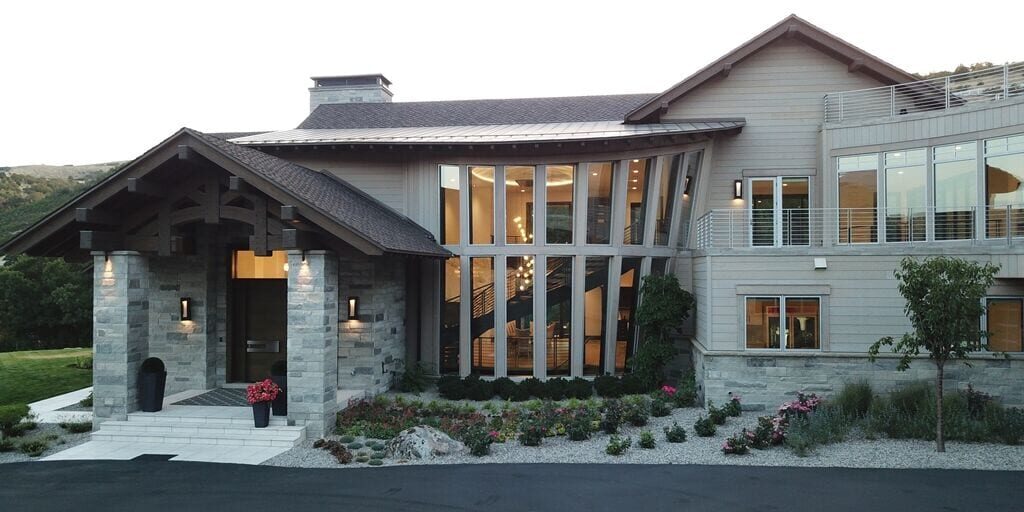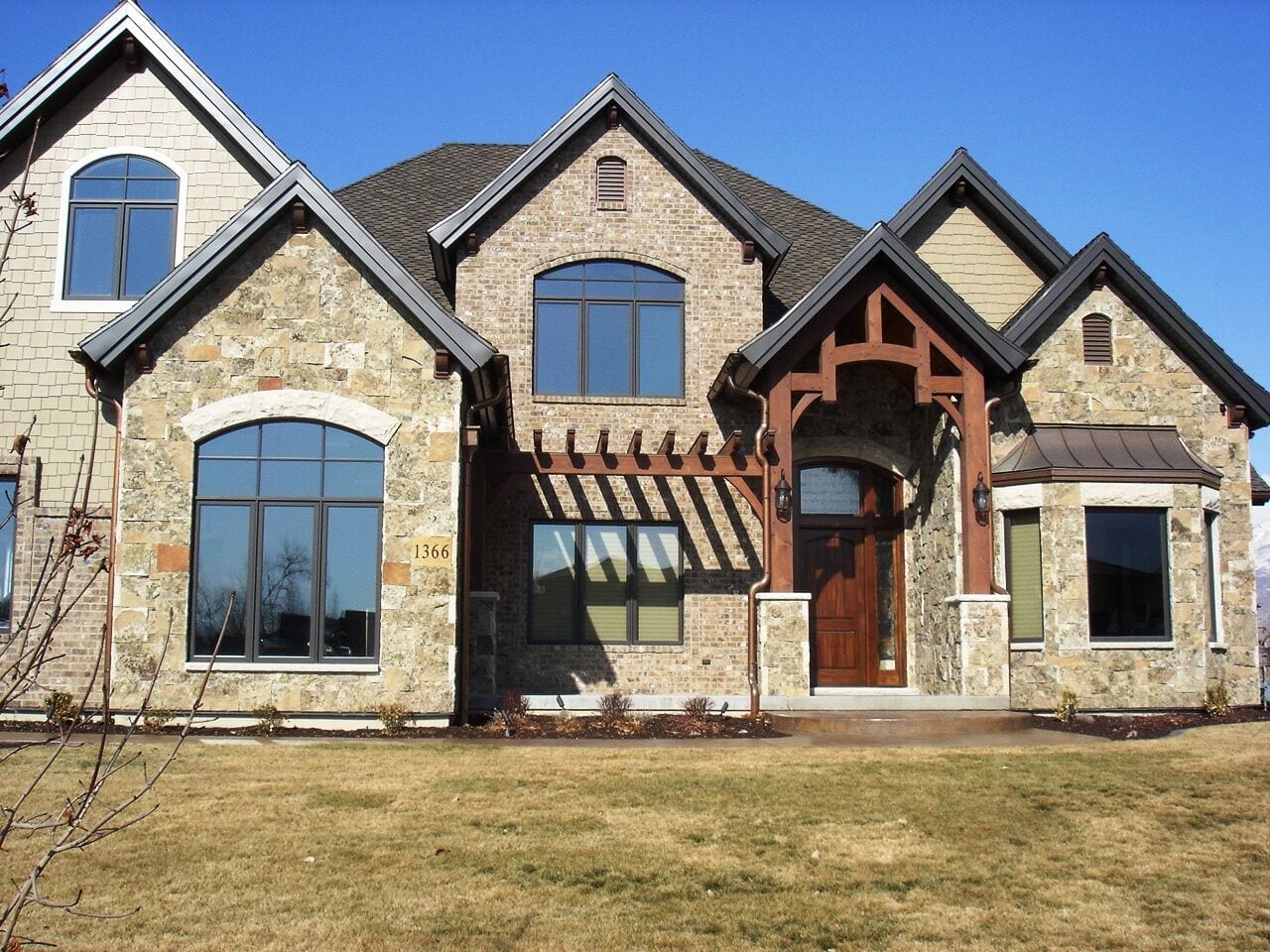Services
Timber Frame Design and Building Services
Design Services

Design Services
Design and engineering services are available for all of our timber frame cuts, and consulting services for architects, engineers and other professionals designing commercial or residential timberframe structures is available. We can provide services from early conceptual design stages through construction details and stamped drawings for timbers to be fabricated under our supervision, in our shop. We respect your aesthetic, structural and budgetary guidelines while we strive to maintain an easy and professional working relationship.
Building Services

Building Services
Wasatch Timber, Post & Beam is dedicated to providing a satisfying home building experience. We'll take your ideas and questions seriously, respond quickly and personally to your concerns. We know that designing and building a home can be a confusing process. To get you started, here's an outline of the steps involved.
Pre-Conference: This is when we define the scope of work and when it might start. Often, we'll ask you to submit a sketch or concept so we can assess it for feasibility and cost.
Estimation: A Wasatch Timber, Post & Beam representative will discuss material costs for the project and overall construction costs in order to obtain an overall budget. This allows us to approach the project with your needs and budget in mind.
Timber Frame is a traditional method of post and beam construction defined by the use of wood to wood joinery such as mortise and tenon. The joinery is held together using hardwood pegs.
Timber Frame is a method of construction and can be used to achieve most any architectural style. Although timber framing is rooted in antiquity, modern design and materials have made it once again a popular way to build. Examples of timber frame abound in many parts of the world including the Tudor homes of England and the traditional homes of Japan.
All of our frames are cut to your specifications. We use power saws and mortisers to cut our joints. All joints are finished with hand-held chisels and mallets. Timbers are "joined" and then planed and chamfered. Some of the tools we use are the same as those used hundreds of years ago.
We typically use the finest Douglas Fir for it's strength and durability. Douglas Fir, which turns deep reddish brown with age, is the strongest of the available softwoods. We also work with Spruce and Pine. While not as strong as Douglas Fir they are lighter in color, turning to a rich honey tone over time. For outdoor structures we suggest cedar, as it provides better natural rot resistance. There is also a growing popularity to use recycled timbers.
